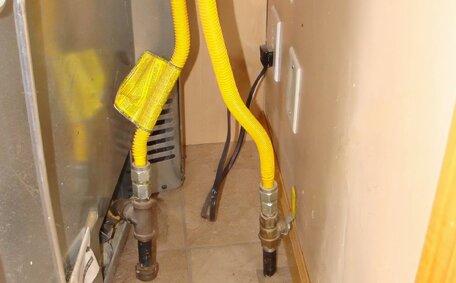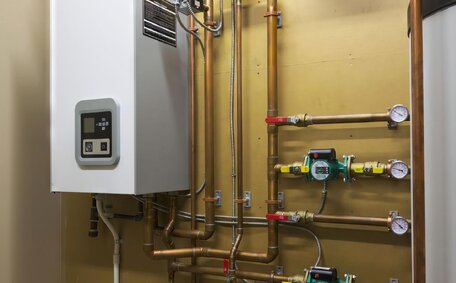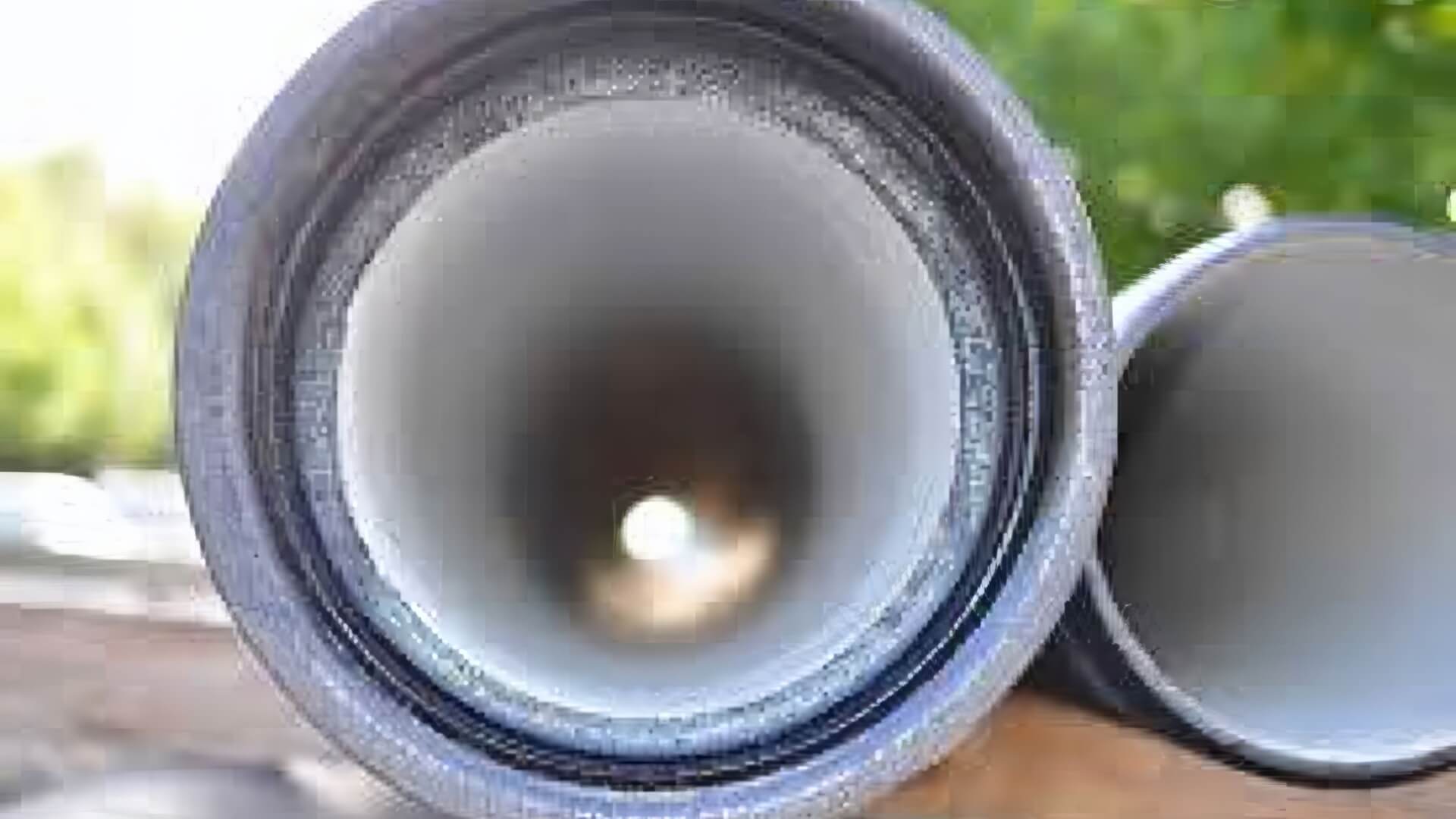
Keep Updated on Gas Appliance Recalls
Consumers should maintain awareness of current gas appliance recalls and safety alerts to prevent injuries. Check recall lists regularly to protect your home and family.
Read MorePipe relining is a trenchless repair technique that rehabilitates damaged pipes by inserting a resin-soaked liner, which cures to create a robust internal layer, sealing and strengthening the original pipe without excavation.
Trenchless pipe relining comprises key stages:
Pipe relining is an efficient, non-invasive method that equips pipes within your home for lasting performance with minimal degradation.
The primary material in pipe relining is a flexible liner impregnated with epoxy resin, forming a durable and smooth interior once cured inside the existing pipe.
Epoxy resins are favoured for pipe relining due to their beneficial properties:
For larger sewer pipes, we use flowable fill products to support the liner and enhance the stability of the surrounding soil. Relined pipes typically outperform traditional ones in strength, causing minimal routine disruption thanks to their reinforced composite structure.
If its structural condition allows, a pipe may be relined several times. There are several factors to consider regarding multiple pipe relines:
Overall, properly done pipe relining results in durable, long-lasting repairs, offering an advantageous alternative to traditional repair methods. Repaired through relining, pipes can have a robust life expectancy, lasting up to or beyond 50 years. With regular maintenance and inspection, they can support multiple pipe relining jobs over time in lieu of replacement.
We have demonstrated how relining can successfully restore old epoxy liners that were approaching the end of their functional life. Leveraging our expertise, we effectively reline pipes, extending their use while minimising property disruption. So, give us a ring and your plumber will evaluate if your pipes are fitting candidates for further relining.
There are several key factors that determine whether multiple pipe relines are possible:
Decisions on pipe maintenance take into account various pipe materials as well as their current states. Pipes made of sturdy materials like PVC and concrete may be suitable for several drain relining procedures over time. However, in an instance where pipes need critical attention because they are severely corroded, cracked, or collapsed, there is a higher risk of failure, and they may only withstand one relining.
Every relining slightly narrows the pipe’s interior diameter, circumventing the need for excavation. Technicians must ensure there’s sufficient space for further liners, particularly in older, narrower pipes. Relining also works best on straight pipe sections versus junctions or bends.
The quality and workmanship of previous relines method can impact future works. Achieving thorough resin saturation and proper installation is vital for the liner’s optimal bonding and strength. Should there be no proper saturation, liners are more prone to failure or detachment.
The operating climate and soil conditions affect long-term pipe integrity. Relined pipes in aggressive soil or extreme weather may deteriorate faster than those in benign environments. The frequency of optimal relining is dictated by local site conditions.
With a detailed inspection and evaluation, Our technicians, well-versed in all aspects of plumbing repairs, can gauge how much pipe relining rehabilitation is needed to optimise functionality.
Relining pipes can impact their structural integrity in a few key ways. Proper assessment and workmanship helps minimise these risks:
The goal of quality pipe relining is to bolster structural integrity with a strengthened composite build. The combined layers create a stronger, more durable pipe inside structure able to withstand pressure, weight loads and typical deterioration.
We ensure comprehensive inspections both pre- and post-relining to maintain the integrity of your piping system. We provide up to a 10-year workmanship warranty with our pipe relining services, underscoring the long-term integrity of the relined pipes.
Severely damaged or worn pipes may eventually become irreparable. Our technicians carefully assess key factors to advise whether replacement or relining is the best solution:
Among the benefits pipe relining offers, it is a solution intended to extend the service life of deteriorating pipes, not a permanent fix. Once structural integrity drops below functional levels, replacement becomes the necessary option. Our expertise can also help you to know what this critical crossover point is.
When deciding on relining vs pipe replacement, cost is often a crucial consideration. Here is an overview of typical costs:
Pipe relining typically ranges from $80 to $250 per linear metre, with costs influenced by pipe dimensions, material, and site accessibility. It eliminates the replacing old pipes process, so avoids high labour and surface restoration expenses associated with replacement. Relining also causes minimal disruption, sparing you the hassle of digging up your driveway compared to replacement projects.
On average, pipe replacement costs between $200 and $500 per linear metre, with prices varying based on material, location, and site specifics. It requires extensive excavation to access and remove old pipes and install new piping. This digging process significantly raises costs for equipment, surface repair, permit fees and labour, more so than what does pipe relining.
While many homeowners ponder how does pipe relining work with lower upfront costs, older pipes may need multiple relining over time. At some point replacement becomes the more cost-effective long-term solution. We’ll evaluate your system considering the advantages of pipe relining to advise on the most cost-effective solution.
Compared to full replacement, pipe relining presents considerable environmental advantages. What pipe relining does is preserve existing pipes rather than discarding them, thereby, reducing landfill waste and minimising the carbon footprint of repairs. Relining is also less disruptive as it eliminates the need for extensive digging and heavy machinery.
The longevity of relined pipes within your plumbing system contributes to these eco-friendly credentials. Quality pipe relining, Sealing cracks and leaks, the process yields durable repairs that, with appropriate upkeep, can last 50 years or more. This reduces the frequency of pipe repairs over the lifetime of a plumbing system, further limiting environmental impact.
Specific environmental advantages include:
By extending the functional lifespan of drainage systems, quality pipe relining provides an environmentally-conscious and sustainable repair solution for homeowners and businesses alike.
To ensure you get your most out of a relined pipe and optimise its lifespan, here are some maintenance tips:
With periodic inspection and good preventative care, don’t hesitate to call us to ensure quality relined pipes can continue functioning at optimal levels for 50+ years. Call your local experts now if you notice any issues cropping up so we can fix your pipes before major failures occur.
Consumers should maintain awareness of current gas appliance recalls and safety alerts to prevent injuries. Check recall lists regularly to protect your home and family.
Read MoreHard water leaves mineral deposits in hot water heaters and systems, causing corrosion and limescale buildup. This reduces efficiency and leads to higher energy bills and repair costs over time. Installing a water softener protects hot water appliances by removing the minerals that cause scale.
Read MoreYes, pipes can be relined more than once if they become damaged again. Our pipe relining service uses epoxy resin to coat the inside of your existing pipes, repairing cracks and damage for over 50 years. As experts, we’ll have your pipes relined in just one day with no digging required.
Read MoreWerrington, 2747 NSW
We will call back as soon as possible.




